Exploring new fruits and vegetables can add excitement and variety to a low protein diet. Most fruits and vegetables are naturally low in protein and fit well into a low protein diet.
Many of the fruits and vegetables we once considered exotic are now available at most grocery stores. Trying new foods opens the door to new snacks, recipes and improved nutrition. Fruits and vegetables can provide fiber, vitamins, and other nutrients important for a healthy diet. Add a new twist to your low protein diet with these fruits and vegetables below!
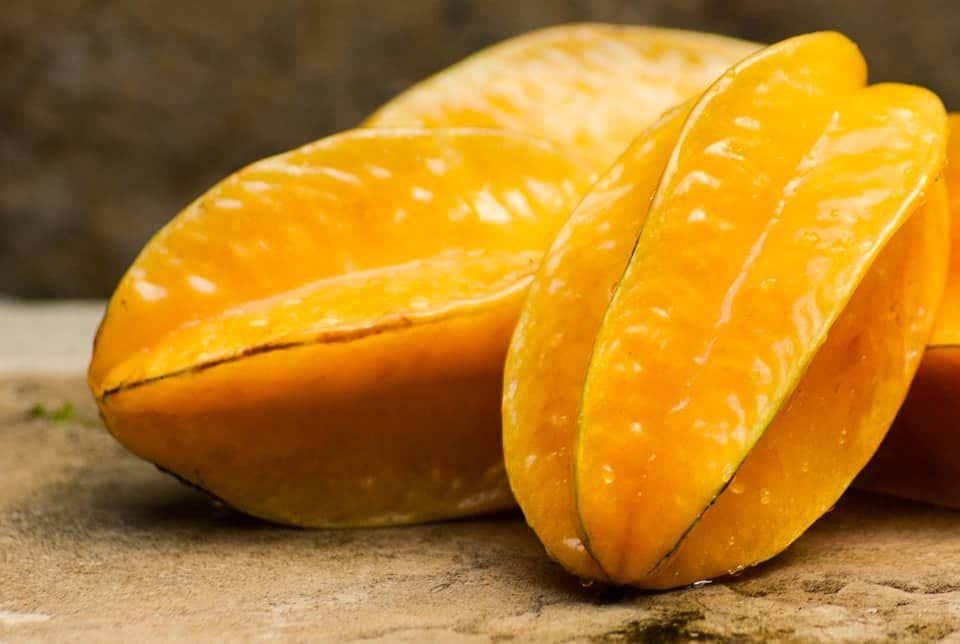
Star Fruit (Carambola)
1 medium (91 g): 28 Calories, 0.9 g Protein, 34 mg PHE, 72 mg LEU, 42 mg TYR, 2.6 g Fiber
Star fruit, also known as carambola, is a tropical fruit traditionally grown throughout Southeast Asia. It is also grown closer to home in Hawaii and Florida, making it available at many local grocery stores. Just like an apple, you can leave the skin on, but remove the seeds before eating! When you slice through the shiny skin, it looks like a 5-pointed star. Star fruit is rich in vitamin C and a good source of fiber. Add it to a fruit salad or simply enjoy it sliced for a crisp and refreshing snack.
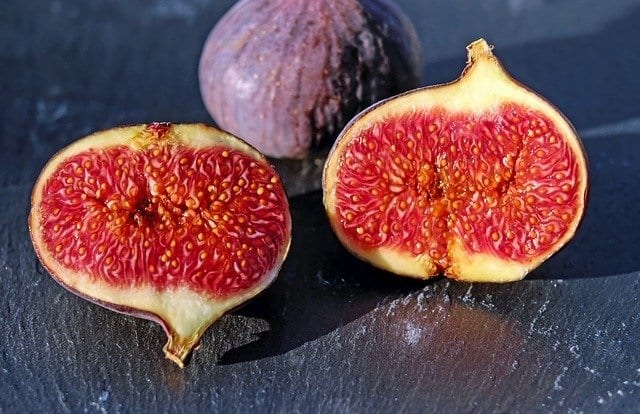
Figs
1 medium (50 g): 37 Calories, 0.4 g Protein, 9 mg PHE, 17 mg LEU, 16 mg TYR, 1.5 g Fiber
Figs are a great way to add sweetness, flavor, and fiber to a meal. They can be diced and tossed into a salad or made into a flavorful spread for low protein bread or scones. Besides their delicious taste, one medium fig contains 1.5 grams of fiber, and less than half a gram of protein. Fresh figs are in season in the summer months and into early fall.
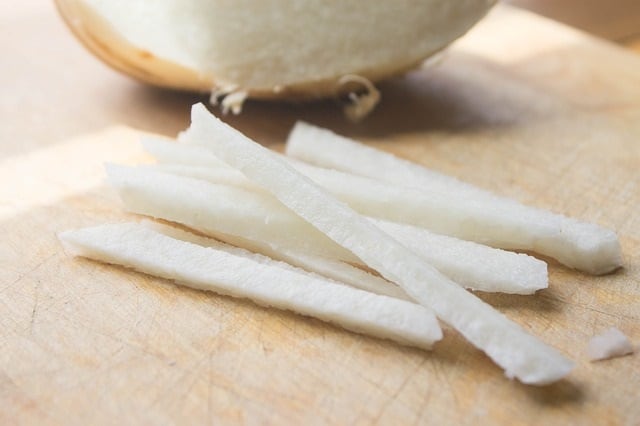
Jicama
1 cup (130g): 49 Calories, 0.9 g Protein, 20 mg PHE, 30 mg LEU, 14 mg TYR, 6.4 g Fiber
Jicama is an often-forgotten low protein food. It is a root vegetable native to Mexico and Central America. It has a crisp texture and looks like a raw potato when sliced open. Don’t worry; it has way less protein than a potato! Looking for a simple low protein side dish for your next barbecue? Top sliced jicama with chili powder and a squeeze of lime juice for a refreshing, crunchy addition!
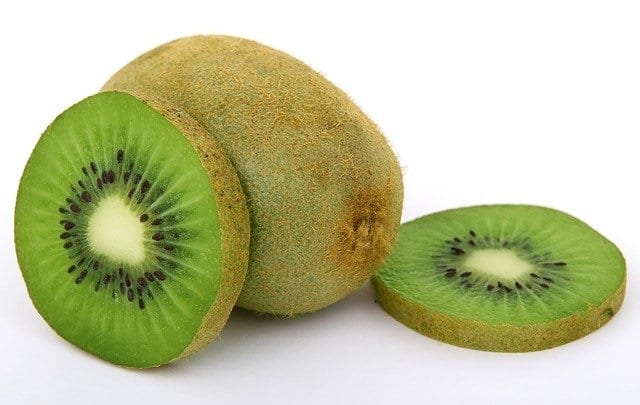
Kiwi
1 medium (69g): 42 Calories, 0.8 g Protein, 30 mg PHE, 57 mg LEU, 29 mg TYR, 2.1 g Fiber
Kiwi fruit is a good example of an exotic fruit that has become more available in local grocery stores. Once native to China, the kiwi is also known as the Chinese Gooseberry. Kiwi is now grown in New Zealand, Israel, Italy and California. This little green fruit makes a great addition to fruit salads and smoothies.
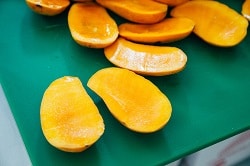
Mango
1/2 cup (83g): 54 Calories, 0.4 g Protein, 14 mg PHE, 26 mg LEU, 8 mg TYR, 1.3 g Fiber
Some call mango the king of tropical fruits. We call it a great low protein snack! Mango can range in colors, but all have a sweet, soft texture when ripe. You can be creative with this fruit. Add it to low protein rice, sprinkle with spicy seasonings or use it frozen in a smoothie.
Check out these recipes featuring some delicious fruits and vegetables!
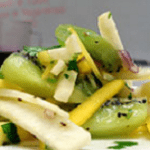
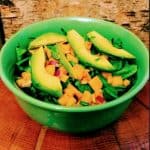
Nutrition information obtained from the following sources: USDA nutrient database; Low Protein Food List for PKU by Virginia Schuett; The Food Processor, ESHA Research; MSUD Foodlist, Emory University; Manufacturer’s packaging. Household measurements are approximate, for greater accuracy use a gram scale.
